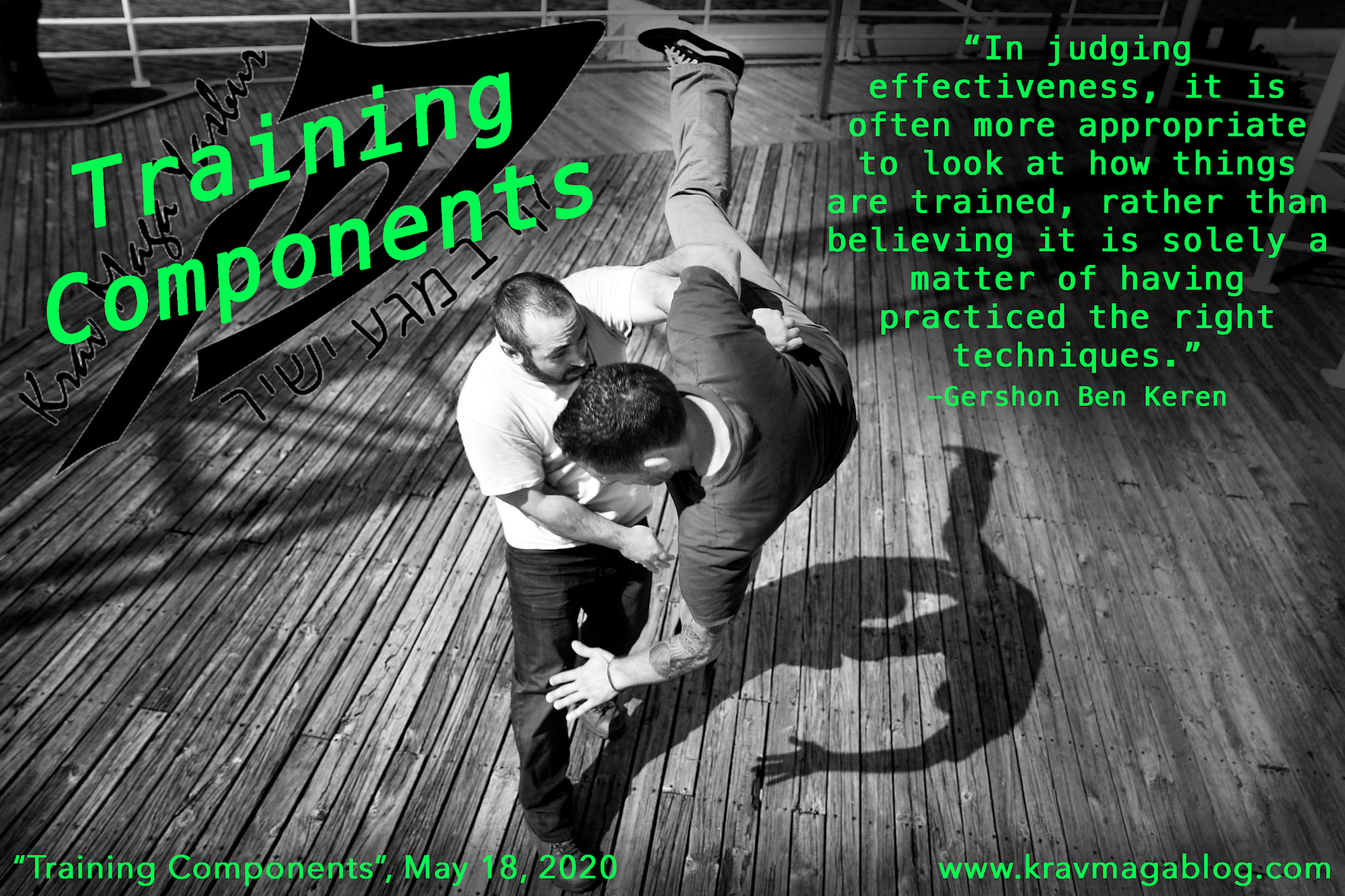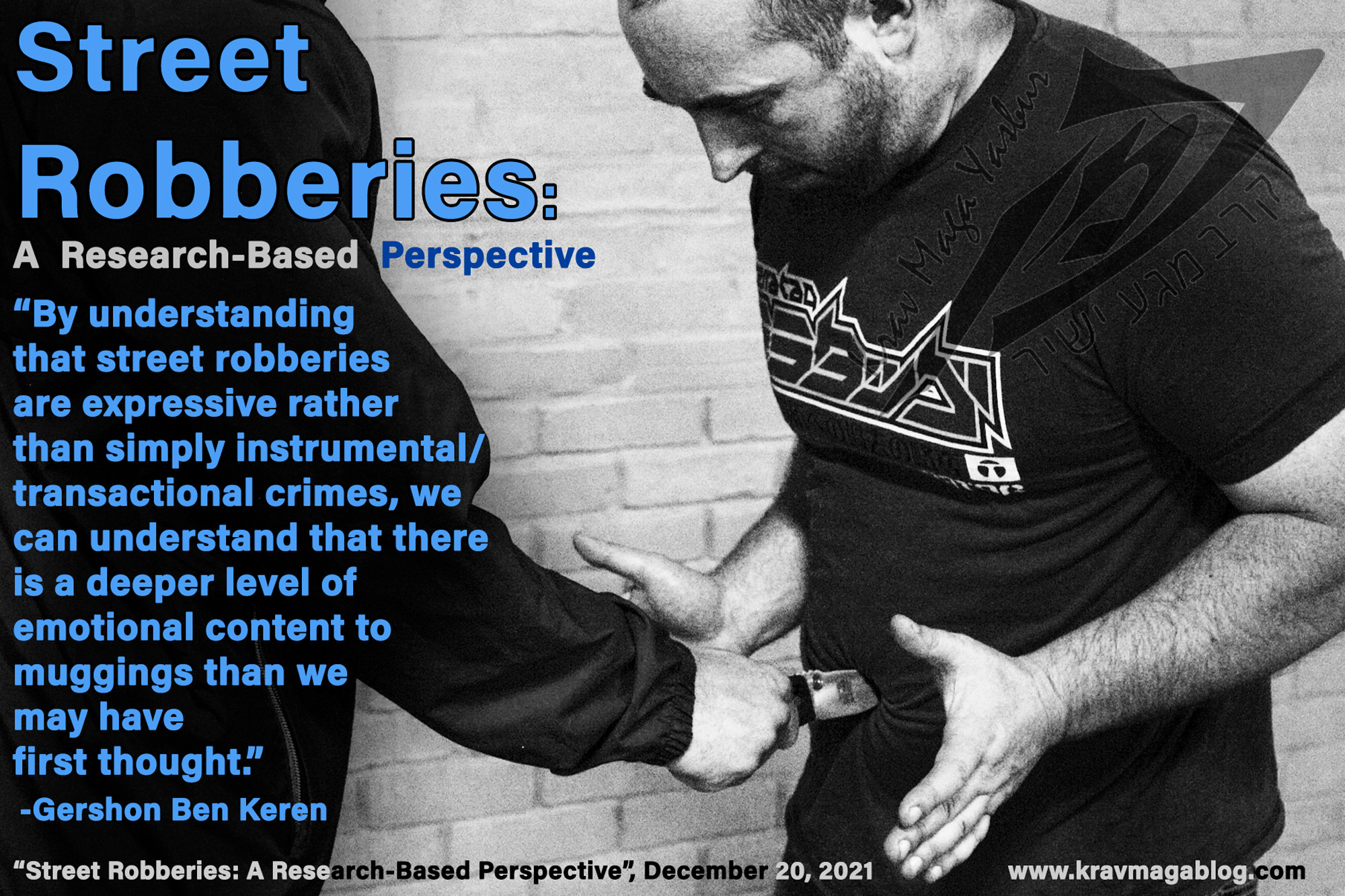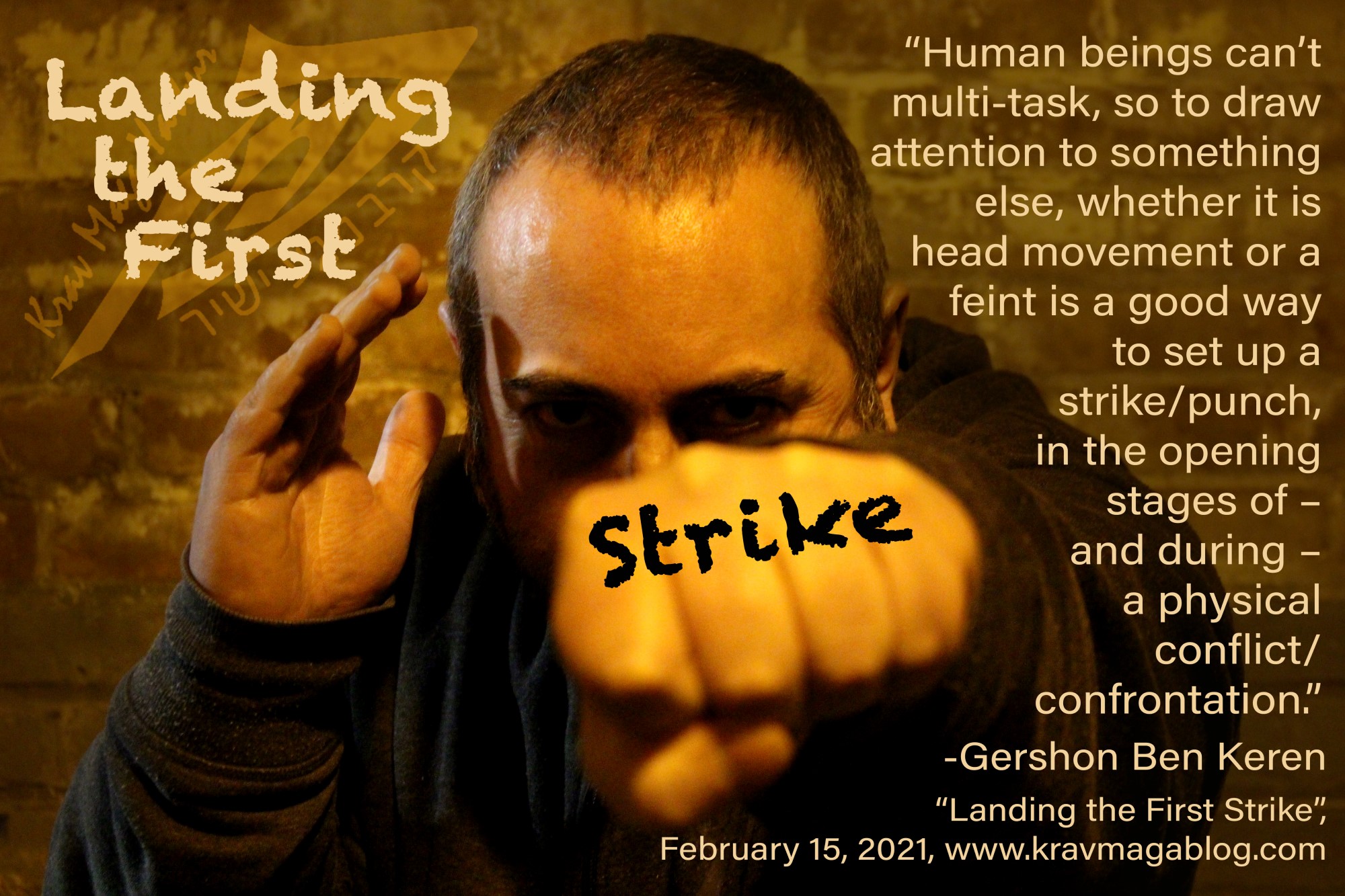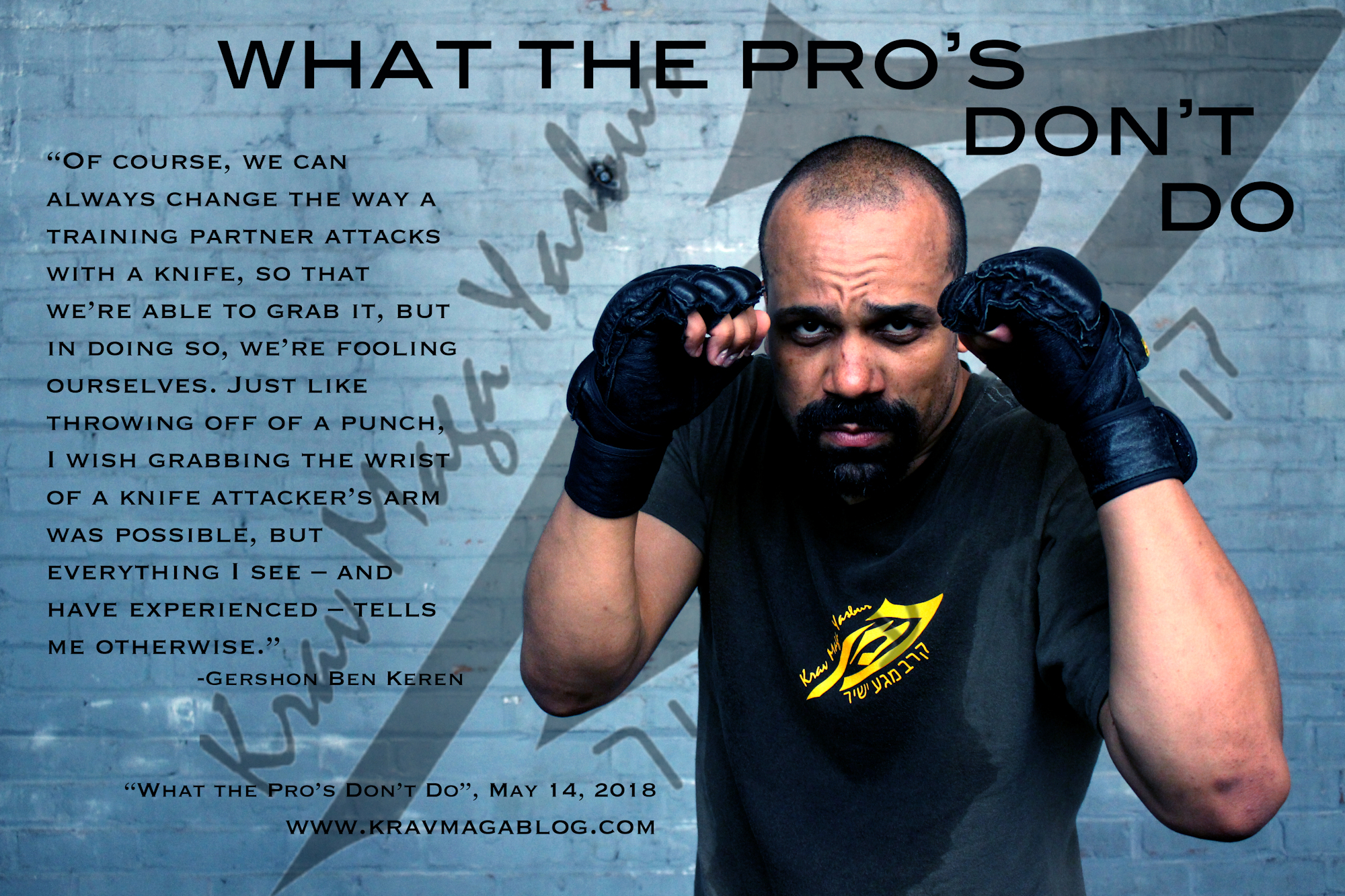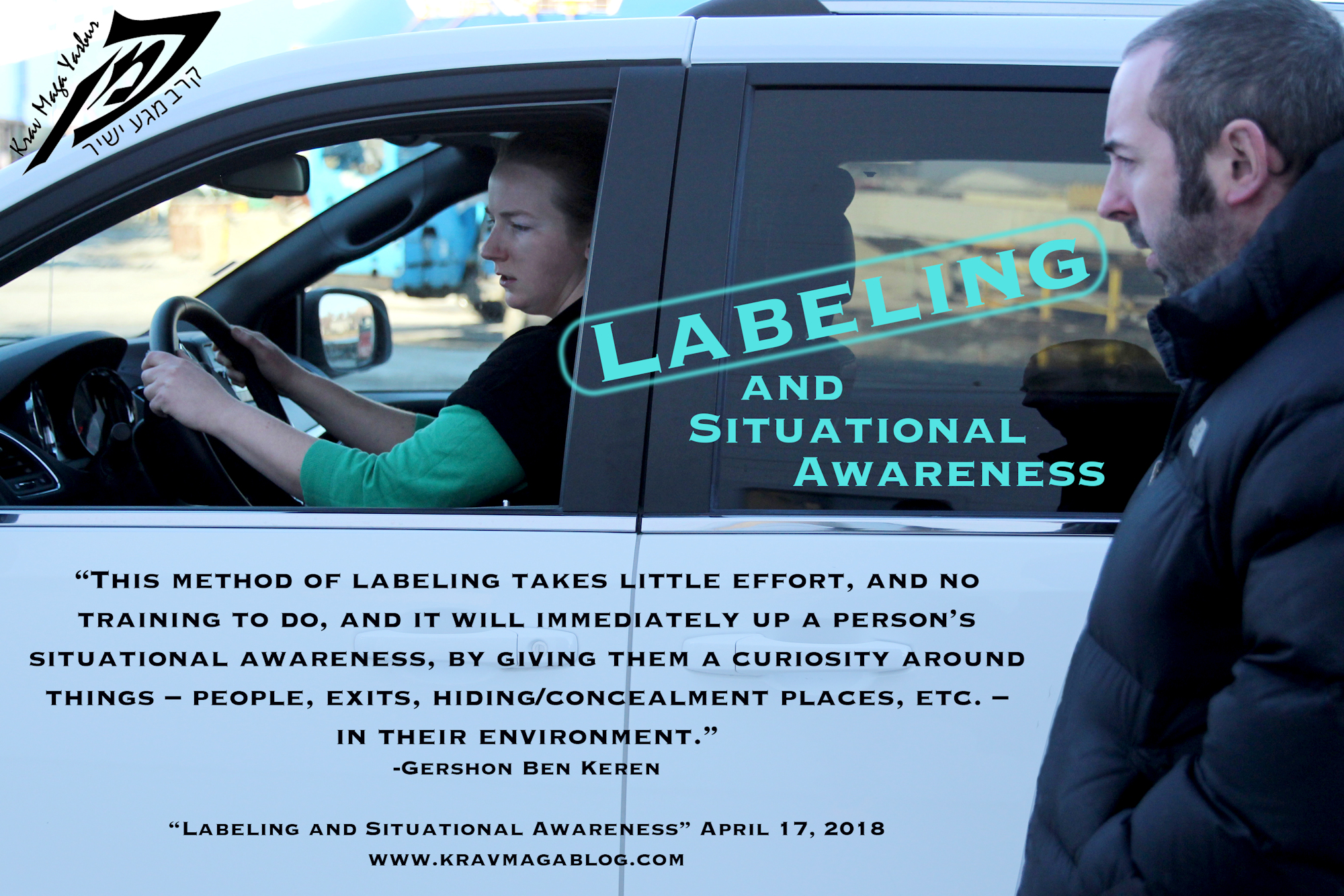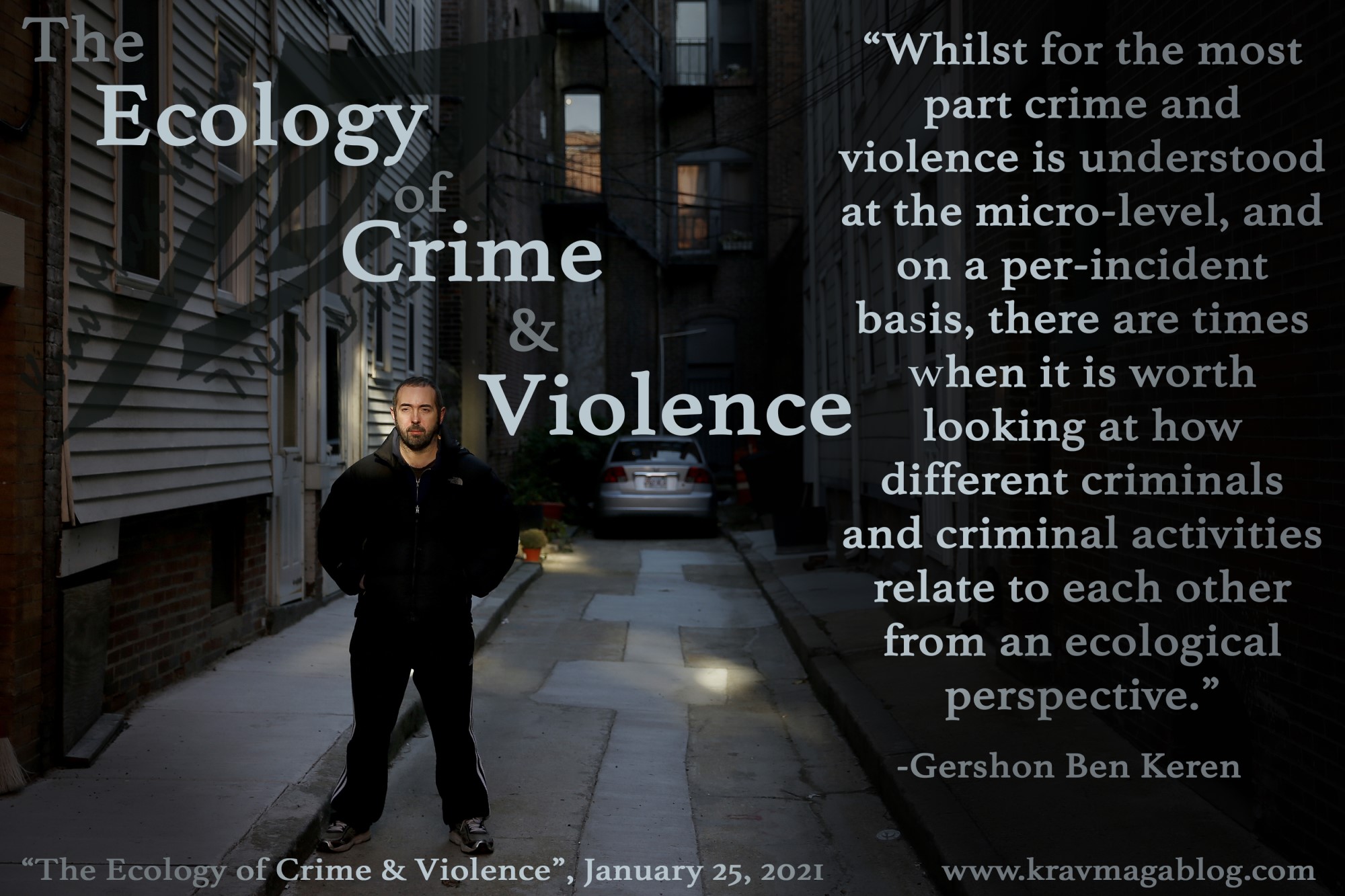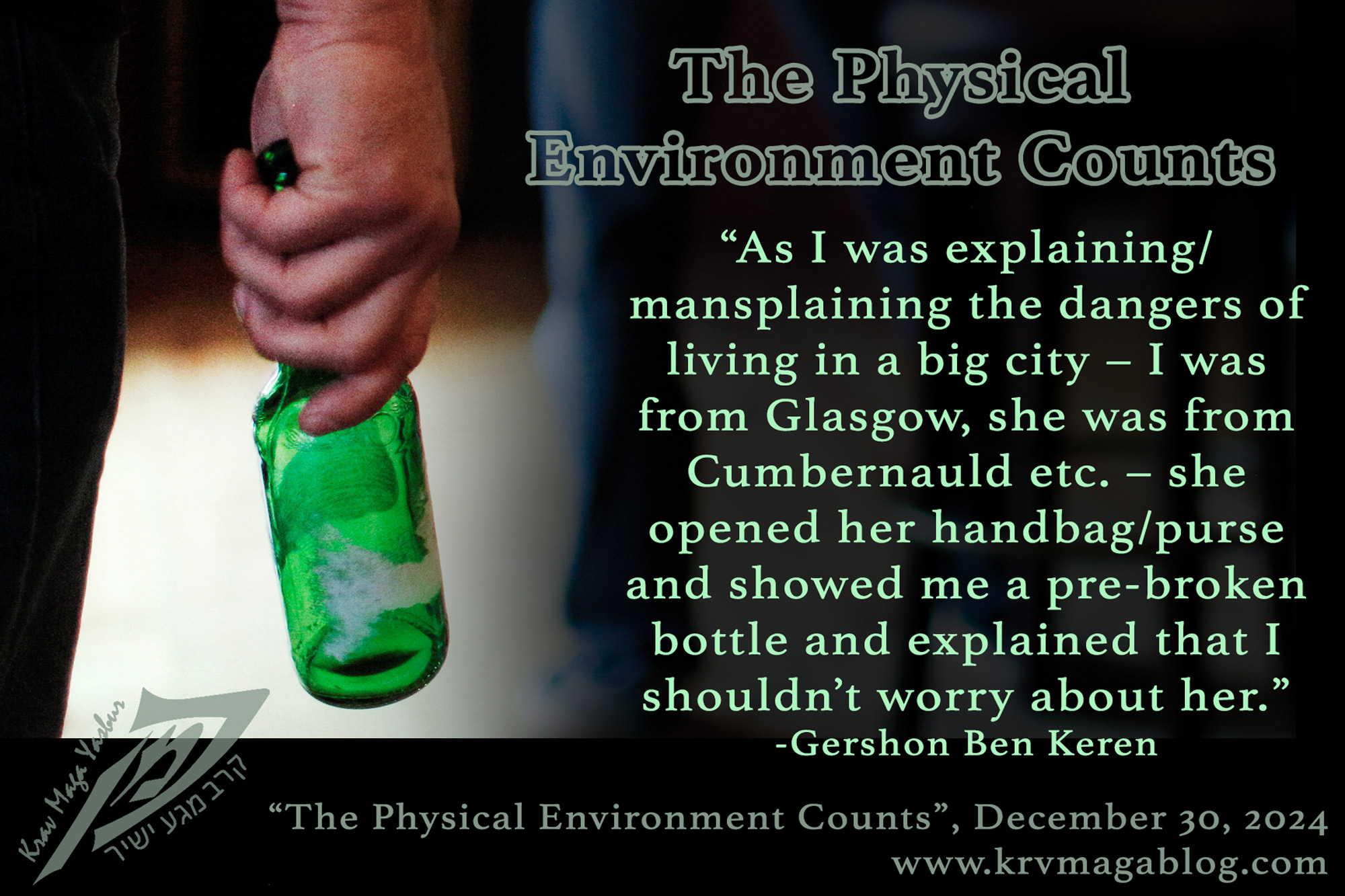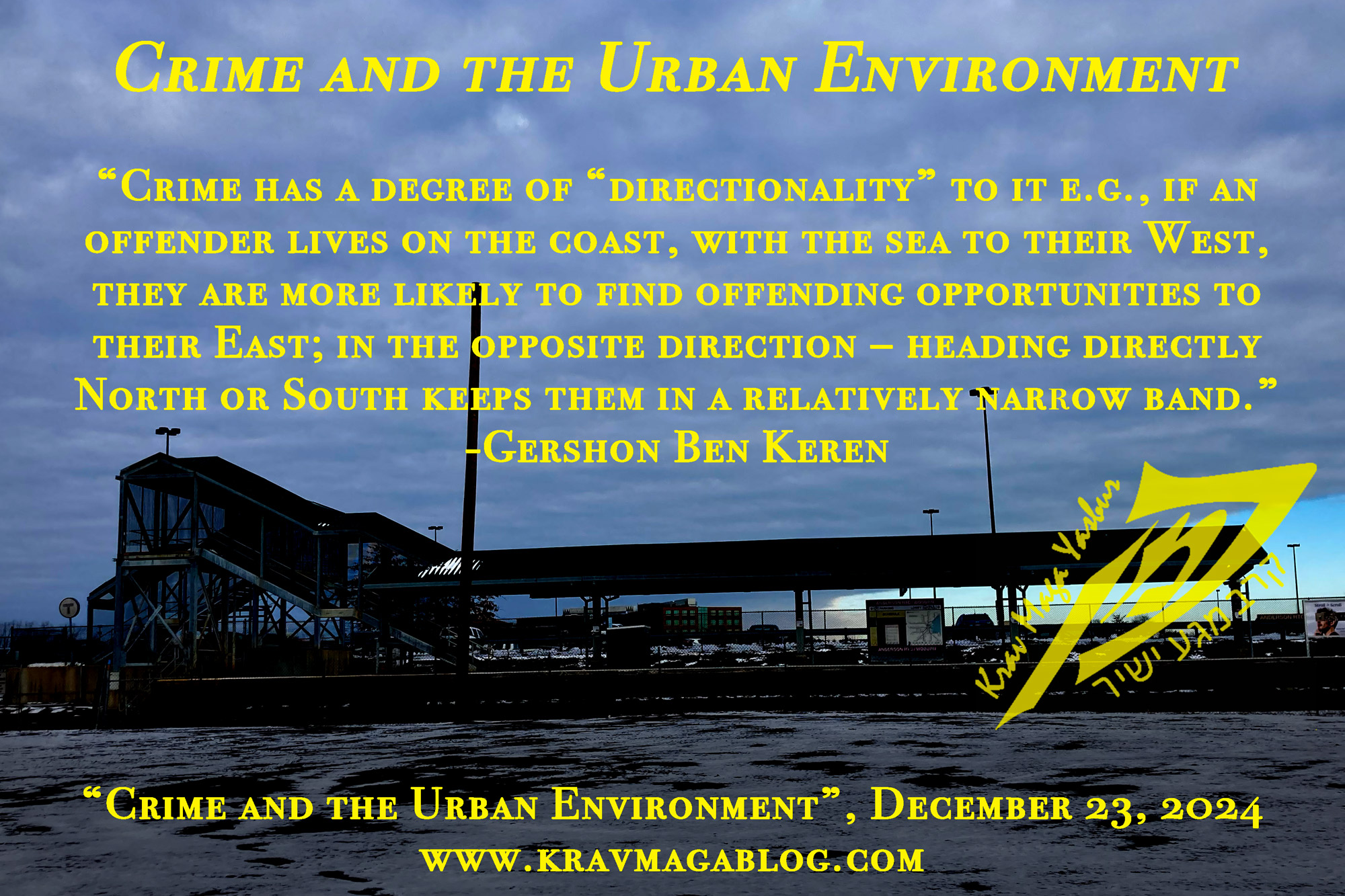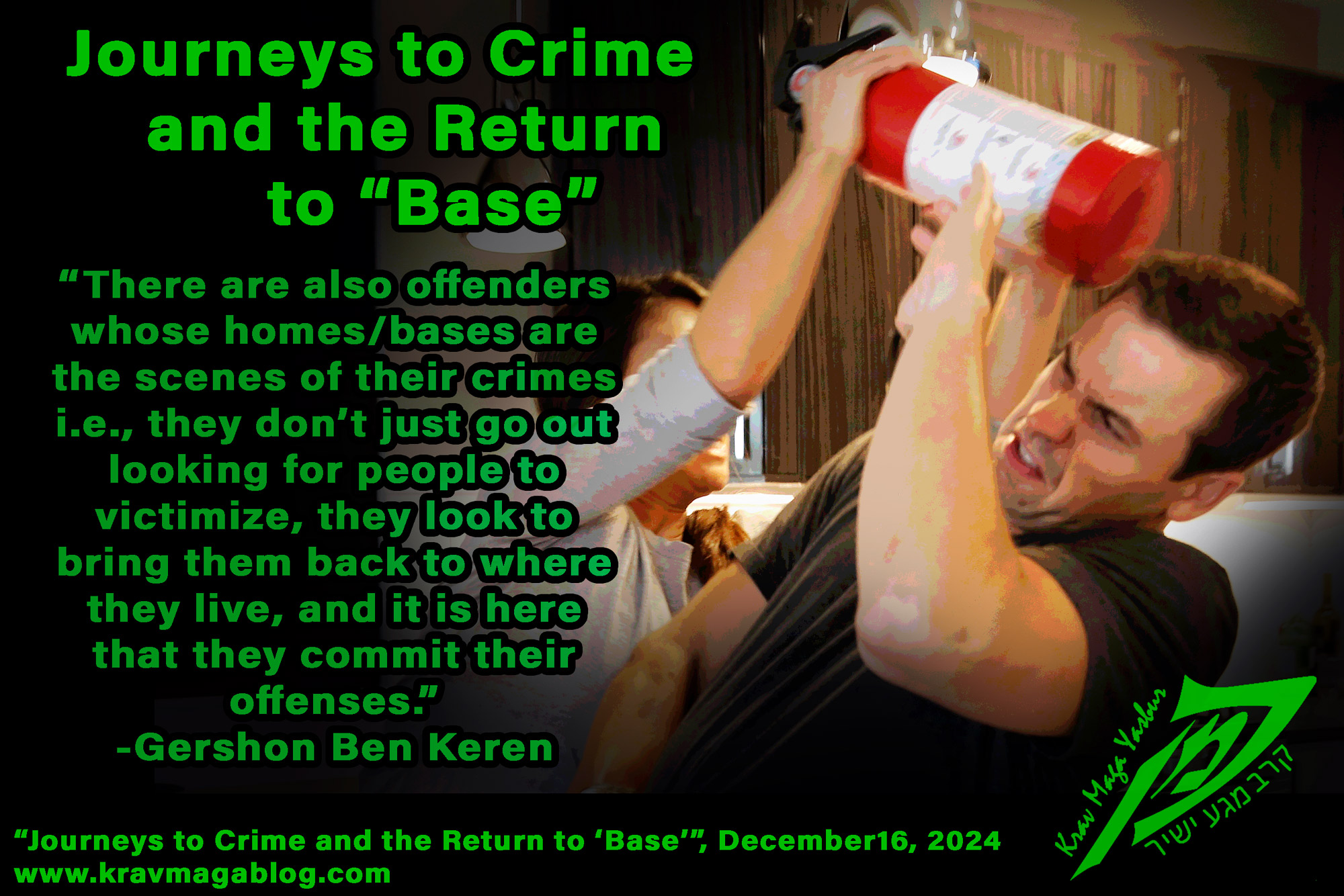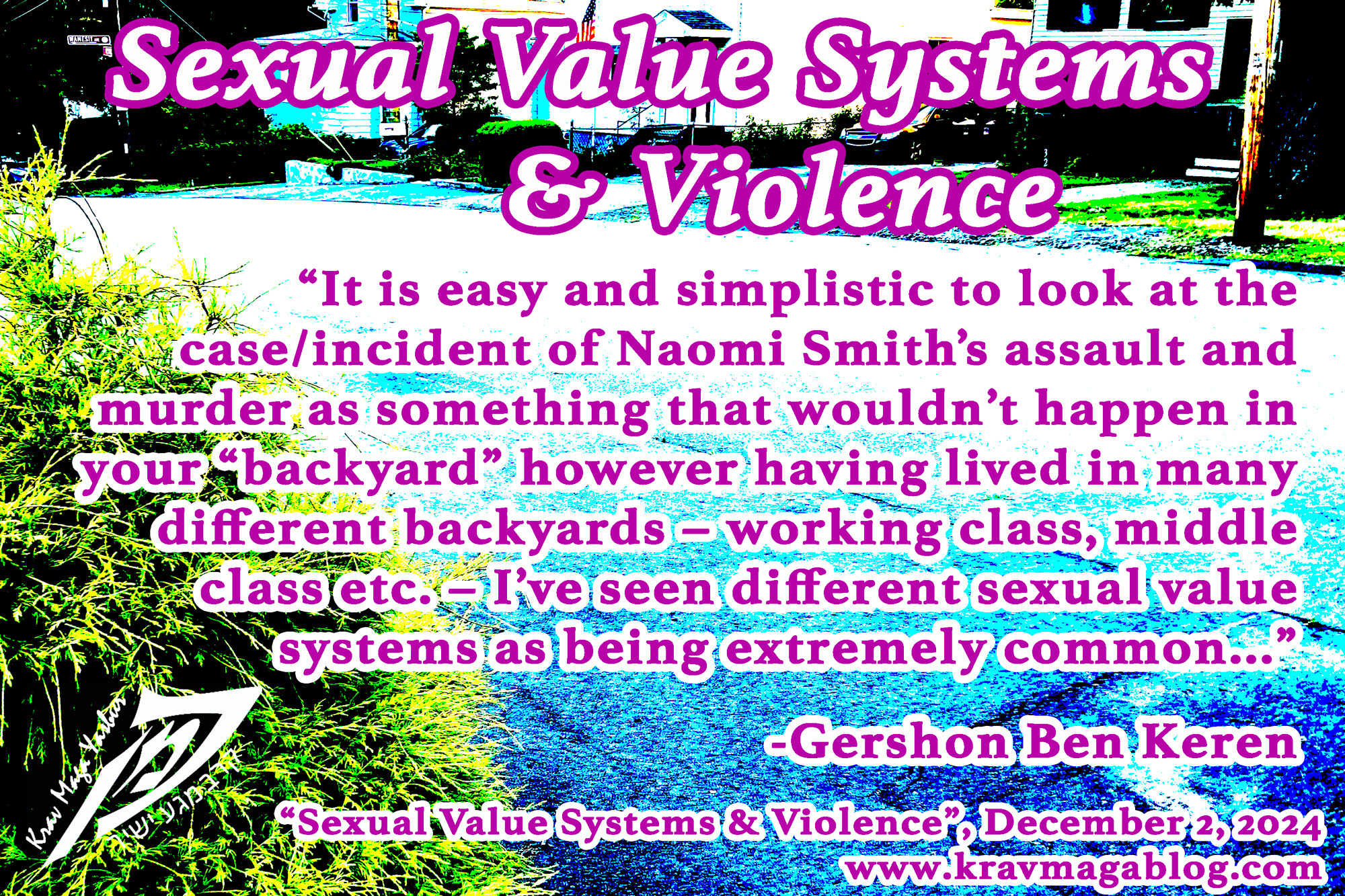The Ecology of Crime and Violence, is an article written by Gershon Ben Keren, a 5th Degree Black Belt in Krav Maga, who teaches Krav Maga in Boston, MA. He has also authored three Amazon best-Selling Books on Krav Maga.
From a personal safety perspective, it is usually most beneficial to look at incidents of crime and violence at the micro-level i.e., what components come together to make an offense, such as the particular location where the incident occurred, the consideration in the moment that affected the perpetrator’s decision-making etc. However, there are times when it is worth taking a higher-level view and considering how the incident relates to its ecology. When we think about ecology, we normally think about it from a biological perspective, looking at how individual organisms relate and interact with each other in the environment(s) where they exist. Looking at crime and violence from an ecological point-of-view is really no different e.g., we look at how different criminals network/interact with each other, how they interrelate with the non-offending community, and how the physical/built environment guides and directs their activities etc.
A particular street corner – or segment – may be a popular choice for street robberies due to a number of specific features e.g., it might be well-trafficked, but not crowded, and/or it may be lacking in natural surveillance, and have a good number of potential escape routes, that run deep into the type of territory, that a non-local would be unfamiliar with etc. However, there are probably many such spots within a large city that share these characteristics and yet don’t develop into crime hotspots, so there have to be other factors which contribute or create crime(s) at this particular location. By looking at crime ecologically we can start to understand what some of these may be. It may be that this location is close to another location/spot which is conducive to drug dealing – this may be a spot close to a highway exit, which allows people from outside the neighborhood to easily access a dealer, without having to navigate an unfamiliar (and potentially dangerous) district. In a run-down neighborhood where there is little money, middle class users with disposable income may be a dealer’s most lucrative clientele, from whom they can demand a higher price. If the individual who commits street robberies does so to support a drug habit, they will want to be relatively close to a dealer, so they don’t have to travel too far when they have gained enough money for their next fix etc. We can see that several different things combine here to create a street robbery: the geography of the street corner/segment (the amount of foot traffic, lack of natural surveillance etc.), the proximity of the street corner/segment to an available drug “market”, and the location of the “market” in relation to easy access routes for non-local (higher paying) clients etc.
We can look at shoplifting or burglary in a similar way. Burglars don’t like to hang on to their goods for long, and look to get rid of them through fences and/or secondhand stores where the owners care little about the history and background of the goods they are buying. In looking at places to break into and steal from one of the factors that will influence such decisions is the proximity to the location where the stolen items can be disposed of; and if the motivation behind the break-in is to support a drug habit, then how close this place is to where they obtain their supply is going to be part of the overall consideration as to the location(s) of the properties they target. This is one of the reasons why a burglar may choose to concentrate their offending in a relatively small area, that is close both to the base they set out from (usually their home), the site where they dispose of their goods, and the place where they acquire their drugs etc. With shoplifting the “disposal site” might be a pub where they sell their goods and/or where they take “orders” for people who want specific items at an agreed upon price. Again, the speed at which these goods can be exchanged for money is important (both to get rid of the “evidence” and to acquire a more liquid asset), which can usually be translated as the shortest possible distance(s) travelled. It may be that the street robber, burglar and shoplifter share the same drug-dealer, and so this commonality influences all three in how they select the locations where they operate, increasing the interconnectedness of the criminal ecosystem.
It is also worth noting that offenders operating in the same field will also have tacit if not concrete relationships between e.g., sex-workers who work outdoors will have their “patch”, an area where they work and engage with clients, that is exclusive to them and there will be an “understood” distance that another sex-worker will have to observe in choosing where they operate. The same is true for street robbers and aggressive panhandlers who may have street segments, corners, and intersections that they see as offending areas which are exclusive to them. In all of these cases, there may be a level of aggressive competition with individuals vying for the best spots, however energy directed towards conflict is often time-consuming, and is effort and expenditure that could be better directed towards offending, so for the most part these types of relationships sort themselves out in a non-competitive manner through mutual agreements etc.
Whilst for the most part crime and violence is understood at the micro-level, and on a per-incident basis, there are times when it is worth looking at how different criminals and criminal activities relate to each other from an ecological perspective. This is especially true when some of those relationships become more direct, formalized and organized, such as when gangs proliferate in neighborhoods and areas, and the only way to understand violence in these contexts is through seeing it as being connected and related to other criminal activities e.g., it might become something which is used symbolically to communicate the “ownership” of territory to dissuade others from trying to operate in a certain location.
0 COMMENTS